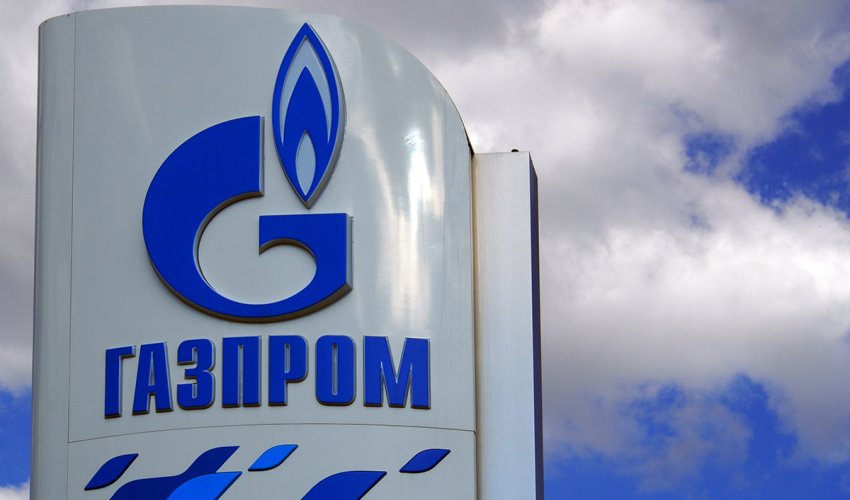Gazprom: Azerbaijan yet to respond to gas transit proposal to Iran

Azerbaijan has yet to respond to a proposal from Russia’s Gazprom regarding the transit of Russian natural gas to Iran through Azerbaijani territory, a senior company official said.
Speaking to Anews.az, Maksud Anderjanov, head of Gazprom’s Baku office, said the key issue under discussion is a proposal initiated by Moscow and Tehran in January 2025.
“Although preliminary trilateral consultations between Azerbaijan, Russia, and Iran were held earlier this year, Baku has not yet issued an official response. We are closely observing their reaction. This is a multilateral initiative, and Azerbaijan is assessing it in terms of its national interests,” Anderjanov stated.
On June 26, 2024, Gazprom and the National Iranian Gas Company (NIGC) signed a strategic memorandum in Tehran outlining plans to deliver Russian gas to Iran, identifying Azerbaijan as a key transit country.
Talks continued in autumn 2024 and have been revisited multiple times in 2025.
Russian estimates suggest that up to 2 billion cubic meters (bcm) of gas could be transited annually through Azerbaijan in the initial phase. In the longer term, volumes could increase to 55 bcm, provided new infrastructure is developed.
“For us, this is not difficult. We can start with 2 bcm, and expanding to 55 bcm is just a matter of growing the infrastructure,” the Gazprom representative said.
Russian gas could be transported to Iran via the Hajigabul–Astara main pipeline, which was built in 1970 and has an annual capacity of up to 4 bcm.
Before the Shah Deniz field came online in 2006, Gazprom was a direct supplier of gas to Azerbaijan. The cooperation has since continued in various formats, including swap arrangements involving the Astara compressor station.
However, both Russia and Iran remain under international sanctions, prompting Azerbaijan to take a cautious approach toward engaging in large-scale energy projects involving the two countries.
Iran holds an estimated 34 trillion cubic meters of natural gas reserves, most of which are located in the southern region near the Persian Gulf. Despite their size, geopolitical constraints continue to hinder the development of large-scale export infrastructure.
N.Tebrizli




































 Photo
Photo 



 Video
Video 

